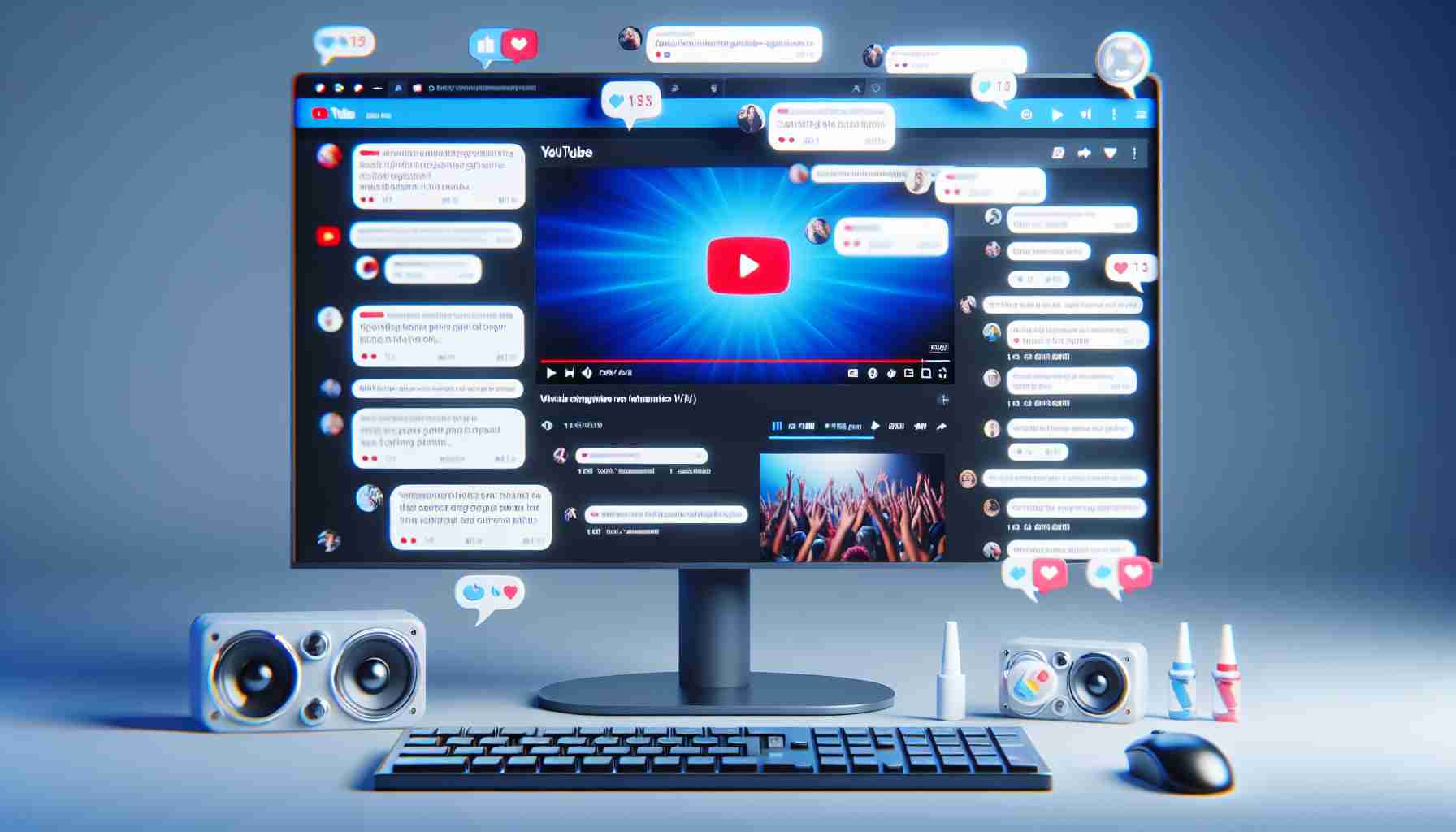YouTube has announced an update aimed at addressing a wave of user dissatisfaction regarding its recent mini-player redesign. The transition initially introduced a floating picture-in-picture (PiP) feature that users found problematic, leading to frustrations over its functionality and overall ease of use.
In response to constructive feedback, YouTube is rolling back to the previous version of the mini-player. This reversion is part of the new app update, specifically version 19.45.36, where the classic mini-player reclaims its place. The original format, which features a compact window situated at the bottom of the screen, offers simplicity that many users have praised.
Many viewers expressed their gratitude for the change, feeling that the previous design was less disruptive and more user-friendly. Analysis of user comments reveals a widespread preference for the reinstated player, which seamlessly integrates with the app’s overall interface without intruding on the viewing experience.
Alongside this update, YouTube appears to be exploring additional changes within its Android app, potentially impacting video navigation and user interactions. Despite the mixed reactions to these latest features, the restoration of the classic mini-player signifies the importance of user feedback in shaping the platform’s functionality.
As YouTube continues to evolve, the balance between innovative design and user familiarity remains crucial for its audience.
YouTube Reverts to Traditional Mini-Player: A Closer Look at User Experience and Platform Evolution
YouTube’s quick pivot back to the traditional mini-player format has sparked discussions about usability and user feedback mechanisms on the platform. In an era where video consumption increasingly relies on mobile devices, maintaining an intuitive user experience is paramount.
Why Did YouTube Introduce the New Mini-Player in the First Place?
YouTube initially sought to innovate its user experience by introducing a floating picture-in-picture (PiP) mini-player, believing it would enhance multitasking and viewing freedom. The PiP feature was intended to allow users to keep watching videos while browsing other content on their device. However, what was envisaged as an improvement quickly gained criticism as users reported difficulties in navigation and issues with responsiveness.
What Key Questions Arise from This Situation?
– How does user feedback impact YouTube’s design decisions?
YouTube closely monitors user feedback through surveys and comment sections, using this data to guide design choices. The swift reversion to the conventional mini-player underscores the platform’s commitment to user-centered design.
– What other changes might YouTube be planning for mobile users?
While the restoration of the classic mini-player is front and center, speculation suggests that YouTube may introduce features that further streamline video navigation and enhance the user experience in future updates.
Key Challenges and Controversies
The backlash against the new mini-player shines a light on several challenges YouTube faces as it navigates user preferences and technological advances:
1. Balancing Innovation with Usability: Striking the right balance between pushing new features and maintaining a familiar user interface is crucial. The risk of alienating long-time users with radical design changes poses a significant challenge.
2. User Expectations and Training: Rapid changes can create confusion among users who may not be accustomed to new functionalities. Every redesign requires users to adjust, which can lead to frustration if not well communicated.
3. Technical Limitations: Implementing new features may encounter device-specific issues, especially on older hardware that may struggle to support advanced functionalities like PiP effectively.
Advantages and Disadvantages of the Reversion
Advantages:
– User Satisfaction: Returning to a beloved feature enhances user satisfaction and demonstrates responsiveness to feedback, fostering a loyal user base.
– Simplicity: The traditional mini-player is less intrusive, providing a consistent viewing experience without distractions.
Disadvantages:
– Missed Innovation: Disregarding the new floating mini-player may limit opportunities for enhancing multitasking experiences.
– Perception of Incompetence: Frequent changes in design could lead users to perceive YouTube as inconsistent or indecisive regarding its platform’s direction.
In conclusion, YouTube’s decision to revert to the traditional mini-player highlights the complex relationship between innovation and user expectations. As the platform continues to evolve, it remains essential to listen to its community to ensure its features align with user needs and preferences.
For more insights on user experiences and new updates from YouTube, visit the main site at YouTube.












